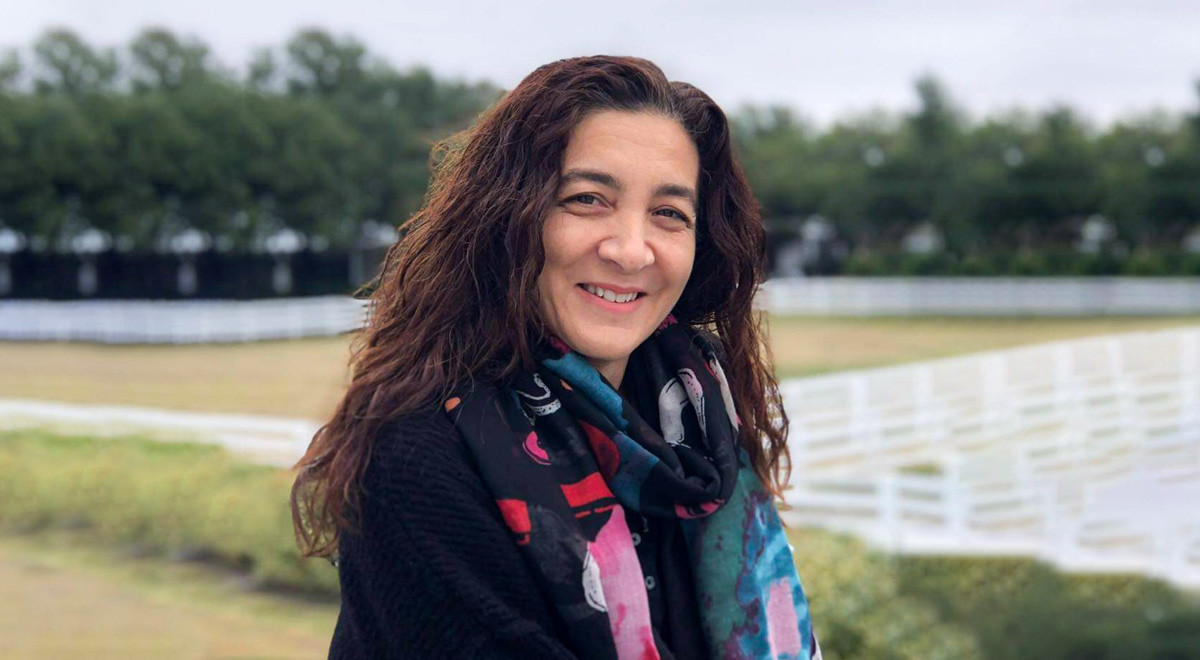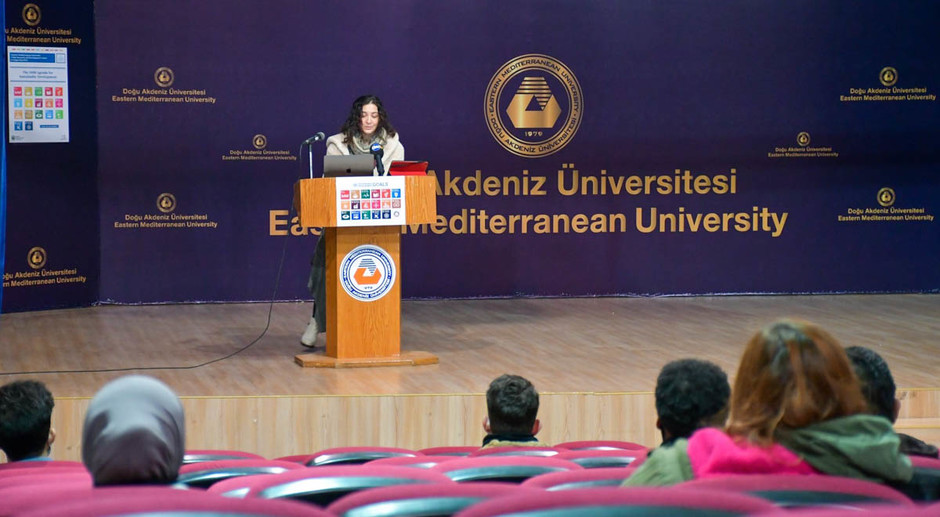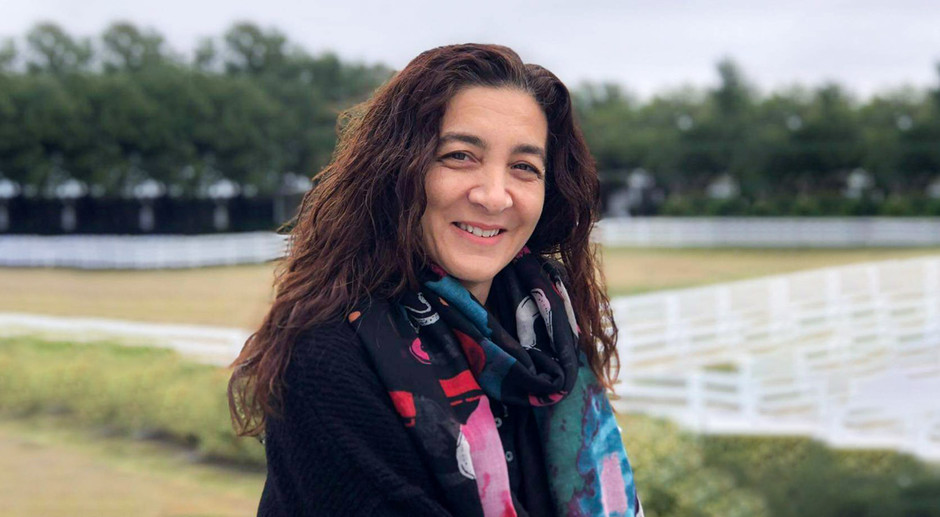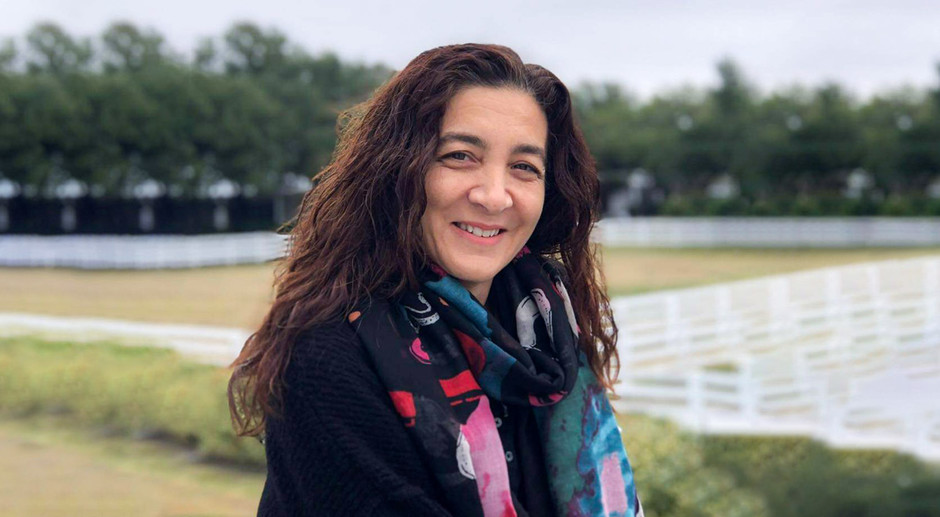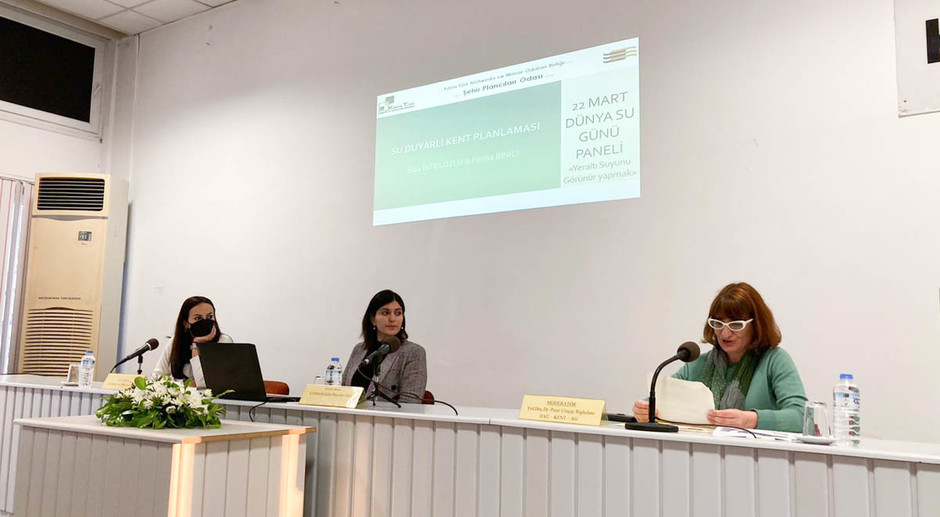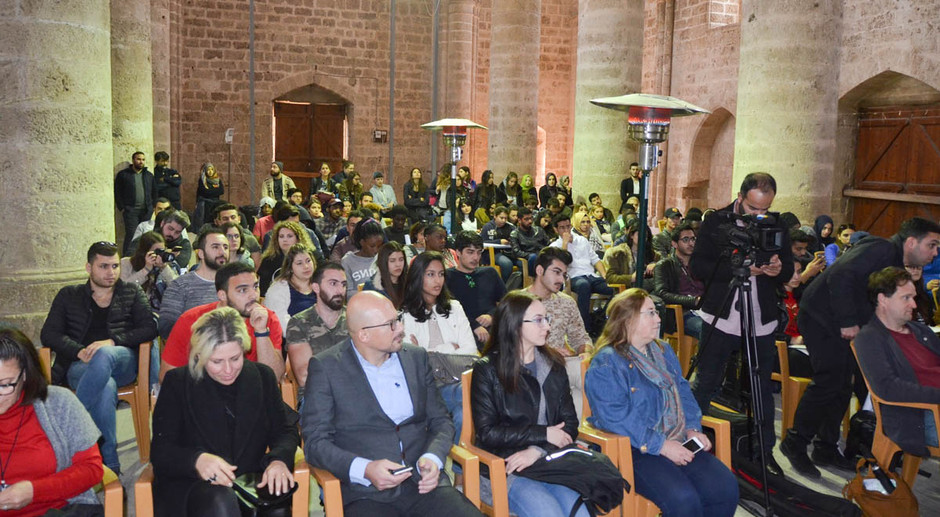Chair Of Eastern Mediterranean University Urban Research and Development Center (EMU URDC) Prof. Dr. Şebnem Hoşkara made a statement about “Urban October” and 4 October World Habitat Day. Prof. Dr. Hoşkara’s statement reads as follows:
“Every October, UN-Habitat (UN-HABITAT) and its partners organize a month of events and discussions on urban sustainability. The events, launched with the World Habitat (Human Settlements) Day, observed on the first Monday of October every year, and end with the World Cities Day on October 31, are called Urban October. Urban October is an opportunity for everyone to be part of the discussion about the challenges and opportunities created by rapid changes in our cities and towns. Every October, in scope of the Urban October, anyone interested in sustainable urbanization, from national and local governments to universities, NGOs and communities, is encouraged to organize or participate in virtual and/or physical events and discussions. The Urban October 2021 will focus on the 'climate crisis', which is also the theme of UN-Habitat's Climate Action4Cities campaign. Additionally, other events can be related to any aspect of sustainable urbanization.
The purpose of the World Habitat Day, considered as the starting day of urban October activities, is to reflect on the state of our cities and the basic right of everyone to adequate shelter. At the same time, World Habitat Day, which aims to remind the world that we have the power and responsibility to shape the future of our cities and towns was introduced by the United Nations General Assembly in 1985 with Resolution 40/202 and was first celebrated in 1986. In this context, the theme of this year's World Habitat Day, which falls on 4 October in 2021, has been announced as 'accelerating urban action for a carbon-neutral world'. Cities around the world are responsible for around 70 percent of global carbon dioxide emissions, with transportation, buildings, energy and waste management accounting for the bulk of urban greenhouse gas emissions. As emphasized in various UN-Habitat documents, the future of our planet depends on national, regional and local governments and organizations, communities, academic institutions, the private sector and all relevant stakeholders working together to create sustainable, carbon neutral, inclusive cities and towns. The World Habitat Day aims to strengthen the global 'Race To Zero Campaign' and UN-Habitat's ClimateAction4Cities and encourage local governments to develop actionable zero carbon plans by the international climate change summit COP26 in November. In this context, World Habitat Day, held at different levels all over the world, will focus on how to create sustainable, carbon-free, inclusive cities, as cities are responsible for approximately 70 percent of global carbon dioxide emissions.
Reaching more inclusive, safe, resilient and sustainable cities and “Accelerating Urban Action for a Carbon-Free World”
Today, 55 percent of the world's population lives in cities and towns, and this number is increasing day by day. The United Nations Agenda for Sustainable Development and Sustainable Development Goal (SDG) 11 puts sustainable urbanization at the center of global development agendas with the aim of “making cities inclusive, safe, resilient and sustainable”. With the adoption of the New Urban Agenda in 2016, national and local governments in many countries around the world have engaged all stakeholders to make SDG11 a reality so that cities can benefit from transformational change and provide a better life for all in an urbanizing world. The main messages that UN-Habitat tries to convey within the scope of the main theme of 'Accelerating urban action for a carbon-free world' specified for World Habitat Day 2021 are listed below (https://urbanoctober.unhabitat.org/sites/default/files/2021- 09/whd-2021-key-messages.pdf):
- The fight against climate change will be won or lost in cities and towns. The future of the planet depends on the actions of our city dwellers. The concentration of economic growth and population in cities makes them key contributors to climate change.
- Cities account for more than 50 percent of the global population, two-thirds of global energy consumption and more than 70 percent of annual global carbon emissions.
- To limit global temperature rise to 1.5°C above pre-industrial temperatures, we must reduce global emissions by 45% by 2030, compared to 2010 levels reaching net zero around 2050. The most severe climate impacts will be expected when global temperatures rise above this.
- Net zero climate action should leave no one and nowhere behind by taking a holistic approach to action to reduce emissions.
- This is a critical moment to plan, build, manage and strengthen cities differently. Every country, city, financial institution and company should adopt plans to transition to net zero emissions by 2050. Low and zero carbon targets provide local economic opportunities, increase energy grid resilience and competitiveness in trade and exports.
- Most of the carbon emissions in cities come from buildings. Towns and cities must build energy-efficient infrastructure and housing designed for local conditions. At the same time, existing buildings should be retrofitted by implementing more efficient measures or technologies, such as better insulation or ventilation, so that they use much less energy.
- The energy used to run buildings, including heating, lighting and air conditioning, is 28 percent.
- Countries of all carbon emissions need to produce clean, resource-efficient energy and move away from fossil fuels. Since 2009 the cost of renewable electricity has decreased for both solar and wind power and will continue to decrease. Energy consumption and associated costs will be reduced now and in the future, and health benefits such as reducing air pollution will secure a more sustainable future.
- The transition from polluting energy to renewable energy must be a just transition involving local governments, unions and the private sector to support affected communities and create green jobs.
- Much of the infrastructure that will exist in 2050 has yet to be built. The building materials and construction industry accounts for 11 percent of annual carbon dioxide emissions. The use of materials that do not produce carbon dioxide when extracted or produced will reduce emissions.
- Transportation by road, rail, air and water accounts for approximately one-fifth of carbon dioxide emissions; the majority comes from road transport, including city car trips. There is an urgent need to focus on integrated models, including safe, accessible, affordable and low-carbon public transport, as well as walking and cycling facilities. Planning compact cities with good transport infrastructure is key to reducing greenhouse gas emissions.
- Accelerating climate action for an inclusive green recovery from COVID-19 to support the transition to resource efficient economies will slow climate change. Integrated, connected and greener cities driven by renewable energy will ensure the health of urban communities as well as the planet.
When we examine all these messages and when we see the issues that the countries and cities of the world talk about, the problems they focus on and possible solutions, we cannot help but rethink where our cities are in this and what they are doing in Northern Cyprus. In the coming months, with local elections approaching, together we must seek answers to questions such as:
- To whom do our cities belong?
- What kind of life and quality of life do we opt for in our cities?
- How can we live better together?
- How can we avoid keeping the status quo?
- Recognizing the diversity of interests, how can we redefine our roles as stakeholders to 'make our cities better and more in line with the public interest'?
- How can we make our cities more inclusive, safe, resilient and sustainable?
While looking for answers to all these questions, we must change and transform ourselves, our institutions and our approaches towards an inclusive and integrated planning approach that leaves no one and nowhere behind.”

